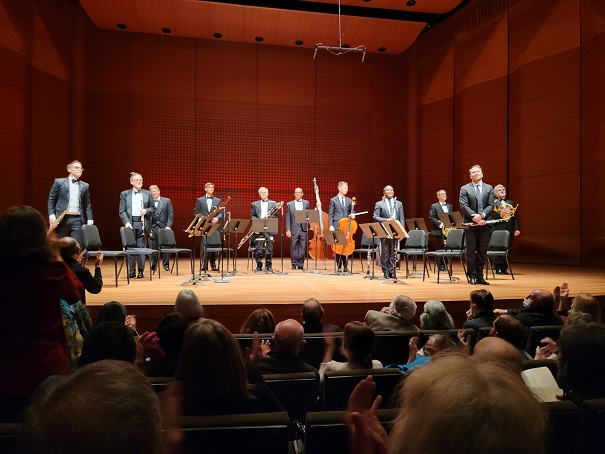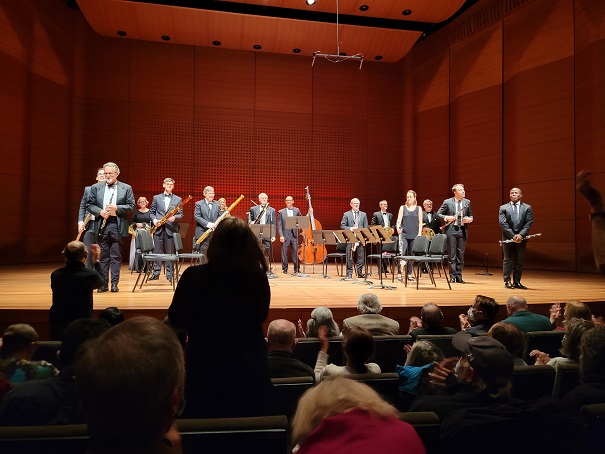Concert Diary: “The Great Serenades” with the Chamber Music Society
November 8, 2021
New York, N.Y.
When the Chamber Music Society of Lincoln Center began their season last month, Zachary Woolfe of the New York Times gave them a firm spanking. While other major music institutions have made efforts to expand their repertoire beyond the old standards and the usual suspects of white male composers, CMS continues to offer a “persistently conservative vision.”
I wasn’t too disappointed to read Woolfe’s critique because I’ve been going to a variety of different concerts and concert series this season, and I figured that they would balance out the chestnuts played by the CMS.
Silly me. The first concert of the CMS I went to this season on Friday evening was entitled "The Great Serenades", the serenade being the form composers often used to deposite their least inspired work. The serenade is something that is intended to be played outdoors during events such as garden parties. It’s background music, and as an adherent of Charles Ives’ dictum that “beauty in music is too often confused with something that lets the ears lie back in an easy chair,” I despise background music.
The concert featured two serenades: Antonín Dvořák’s Serenade in D Minor for Winds, Cello, and Double Bass from 1878 and Mozart’s Serenade in B-flat Major for Windows and Double Bass from 1783–84. The two serenades used similar wind instrumentation — oboes, clarinets, basset horns, bassoons, a contrabassoon, and horns — with 13 musicians required for the Dvořák and 14 for the Mozart. It was quite something to see so many musicians on stage sitting in a semicircle without a conductor!
Considering that it was a serenade, the Dvořák was actually quite engaging. It had a standard lineup of four movements and had there been some violins and violas, it might have become a symphony. Dvořák seemed most interested in the potential of clarinet and oboe duets — two instruments so similar in appearance yet so different in sound. The second movement minuet featured clarinet and oboe in a spring song of love with an unexpected presto Trio (perhaps representing a little overexcitement of the lovers). The third movement Andante also began with a dialogue between oboe and clarinet that later got into treacherous territory. The galloping Finale included a recap of the March that the serenade began with.
Here are the Dvořák musicians during curtain calls:
The Mozart serenade (also called the “Gran Partita") began with what sounded like an opera overture, but then got less interesting. After this first movement, Mozart included two of everything for a total of seven movements. Both the 2nd and 4th movements are forgettable minuets with two trios each. The 3rd movement Adagio is quite lovely, and was famously used in the movie Amadeus for Salieri’s despairing description:
On the page it looked — nothing. The beginning simple, almost comic. Just a pulse. Bassoons, basset horns, like a rusty squeeze box. And then, suddenly, high above it: an oboe. A single note, hanging there, unwavering. Until a clarinet took it over, sweetened it into a phrase of such delight... this was a music I had never heard. Filled with such longing, such unfilfillable longing. It seemed to me that I was hearing a voice of god.
The 5th movement was also a slow one, but more like an opera aria with a Allegretto plot twist in the middle. Also provided were two potential finales: a rather tedious theme and variations that almost redeems itself towards the end, followed by a much more engaging rondo.
I still felt it would be more appropriate hearing this music at a springtime garden party where people are playing Victorian lawn games such as croquet or chasing each other through the underbrush. It seemed rather pretentious for this music to be performed in a concert hall.

